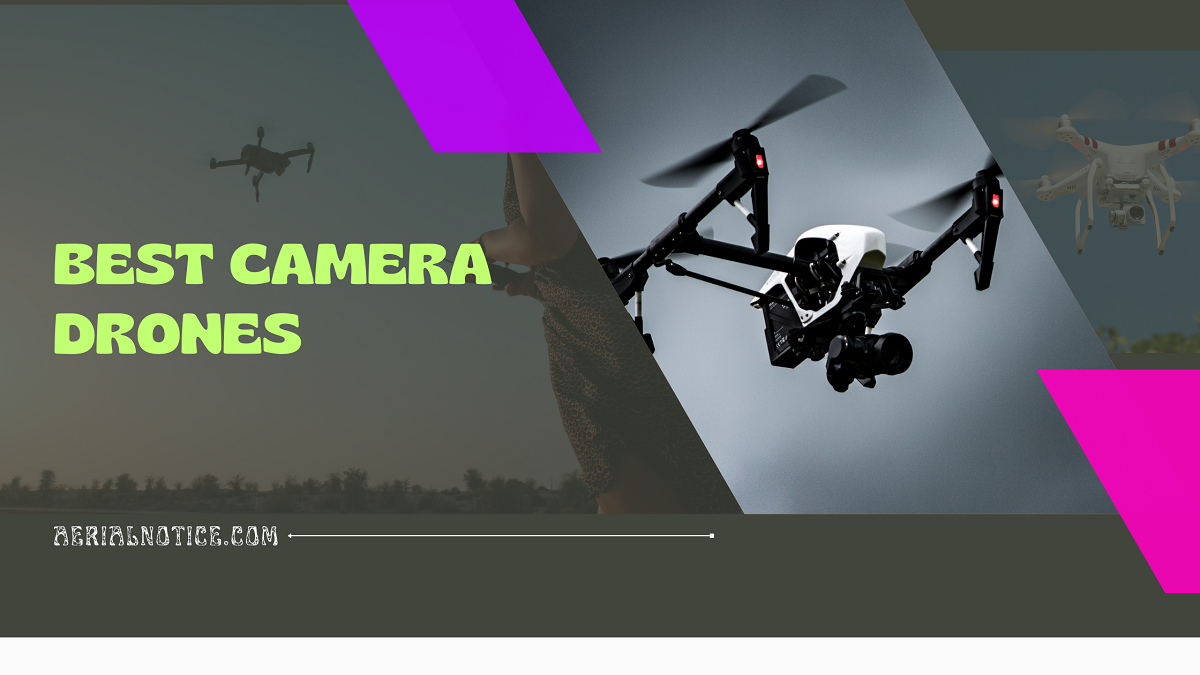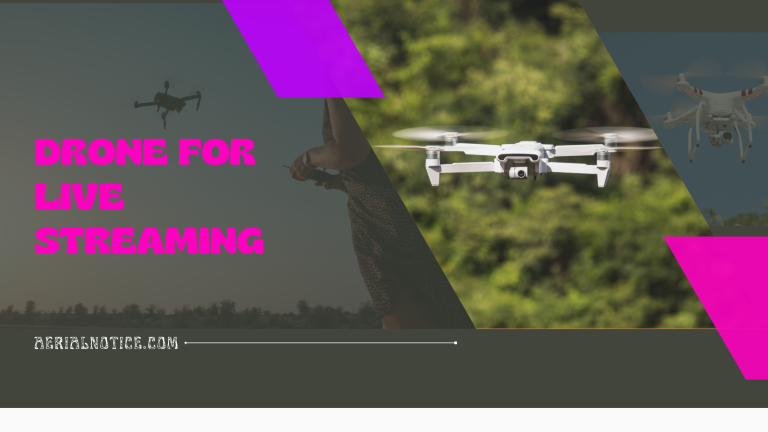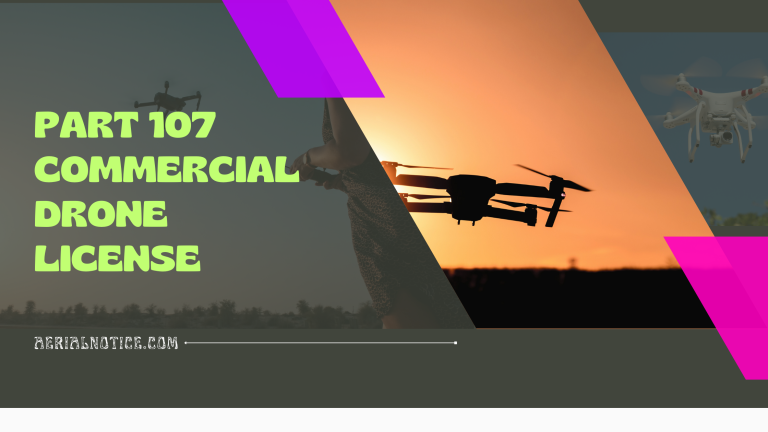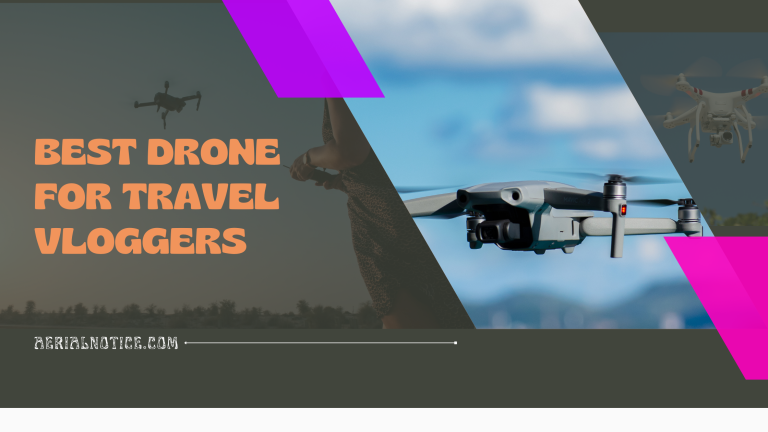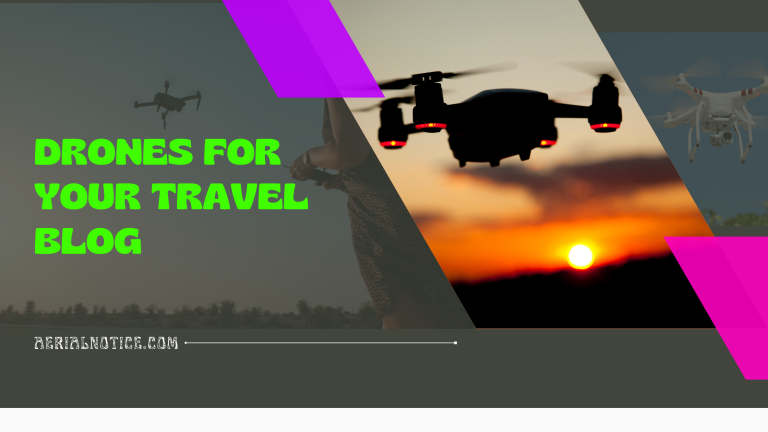7 Best Camera Drones for Amazing Video Quality
Today’s best camera drones have revolutionized the world of aerial photography and videography for professionals and consumers alike. Where once, you would have needed a helicopter and a pilot to shoot from the air, but today you can do the same task with both of your feet firmly planted on the ground while operating a pocket-sized drone capable of shooting the landscapes in sensational 4K quality. Today’s camera drones are the coequal of a flying tripod for all purposes and intents. They are so brilliant for shooting the holiday scenes, and the travelogues, and some of the models will even follow you automatically.
If you are thinking about investing on camera drones, then you have just come to the right place because we have pulled together what we believe are the best drones available to buy right now. Let’s start by ranking some of the best camera drones for the best video quality.
1. DJI Mini 3 Pro (Best of the Camera Drones)
The DJI Mini 3 Pro has redefined what the DJI was doing with the ultra-light category; before that particular point, neither of their offerings had any collision sensors, but with this launch, they have not only added the sensors in three directions, but they have also created a new camera gimbal that is capable of turning to capture the portrait images.
2. DJI Mavic 3
The DJI Mavic 3 is such a powerful machine, capable of lifting both a 24mm EFL primary camera and a secondary camera that provides a “hybrid zoom.” The zoom has a notably lower resolution than a 12-megapixel half-inch sensor attached at a fixed ƒ/4/4. This could be a little confusing at first, but it is best thought of as an excellent 20-megapixel camera that brings the adjustable ISO and exposure pro features.
3. DJI Mini SE
The best way to think of the DJI Mini SE in terms of quality is as a flying smartphone camera from such a mid-range device. That, though, is such a high standard now a day, certainly far higher than the toy drones and their shaky video, as this sort of drone can hover perfectly for its onboard sensors, and it also has a 3-axis mechanical stabilizer for its camera.
The tech enthusiasts may feel that the 2.7K video resolution needs to be improved. Still, the family members and anyone watching the socially shared versions would need help determining the difference against the 4K.
4. Autel Evo Nano
Autel has chosen to offer the Nano in two versions: a cheaper one with a 12.7mm sensor and the Nano+ with a 19.8mm sensor; you will pay for the larger sensor, but you can also get the 48-megapixel images.
The filmmakers will appreciate that. The YouTubers will also love the ability to record the ambient sounds from their base microphone. All creators will enjoy the excellent download feature, the wireless transfer of the images and the videos to a nearby smartphone at 160 MB/s.
5. Autel EVO-ll
Autel’s EVO-ll has been offered with different camera choices. Both are built around a heavy, rugged-looking airframe that eliminates the sleek, consumer-friendly design for simple practicality.
So far, this model is widely available, with the 6K ‘Pro’ model following and a dual infrared-enabled version to come. It uses the Sony IMX586 half-inch imaging chip and can output 10-bit footage and a variable aperture.
6. DJI Mavic 2
The 20-megapixel still shots from the 1-inch sensor are undoubtedly far better quality than those from the smaller sensors. The manual controls allow up to 128,000 ISO to be chosen, the video can be output in accurate 10-bit and the HDR, and there is a ƒ/2.8-ƒ/11 aperture. For the still shots, photographers operating in the daylight might find it a bit better than the DJI Mavic 3. It has a more potentially enjoyable zoom lens.
7. DJI Mini 2
The DJI defined the compact quality camera drones as something that everyday consumers could appeal to and be understood.
It feels vital to you, and the camera is ascended on a 3-axis gimbal that absorbs nearly all the twists and turns in flight and can also be tilted smoothly. Control is straightforward via the excellent new remote, and the range is no longer a worry.
Video is far better in 4K and 100Mbps, or the vloggers are very happy with the 1080P and might be more interested in using digital zoom. The automated ‘QuickShots’ are also very much handy.
The beginners can look like pro pilots and can get dramatic videos. Still, photos will be excellent for the price, though it can be slightly noisy in anything less than good light. The features that would please a severe user are the option to process the files in Raw and shoot on Auto Exposure Bracketed shots, plus the automated panoramas. At the same time, the DJI app is straightforward to get to grips with and has convenient sharing tools with useful image processing features. In fact, with the 12-megapixel camera and the 4K video, your creations will mix easily with those shots from a high-end smartphone.

